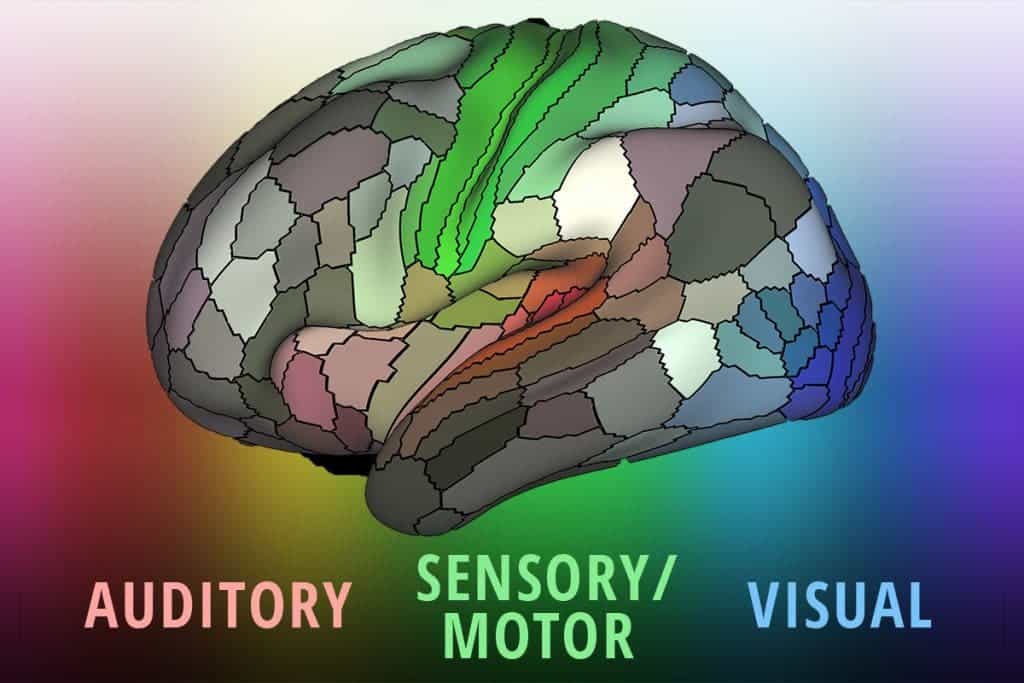The human brain is one of the most complex phenomena known to man and despite extensive research, scientists have yet to fully understand it. Although a complete grasp of the nature of the human brain is still far-off, a new study by researchers from the Washington University School of Medicine brings us closer to this goal in the form of a detailed new map of the outermost layer of the brain, revealing almost 100 new regions.

The outermost layer of the brain, referred to as the cerebral cortex, is a layer of neural tissue that encases that rest of the brain. It is the primary structure involved in sensory perception, attention, and numerous functions that are uniquely human, including language and abstract thinking.
In the new study, the team divided the cortex of the left and right cerebral hemispheres into 180 areas based on physical differences such as cortical thickness, functional differences and neural connectivity.
“The brain is not like a computer that can support any operating system and run any software,” said David Van Essen of the Washington University School of Medicine and senior author of the paper. “Instead, the software – how the brain works – is intimately correlated with the brain’s structure—its hardware, so to speak. If you want to find out what the brain can do, you have to understand how it is organized and wired.”
Matthew Glasser, lead author of the study, spearheaded the research after he realized that the current map of the human cortex – created by German neuroanatomist Korbinian Brodmann in the first decade of the 20th century – just wasn’t cutting it for modern research.
“My early work on language connectivity involved taking that 100-year-old map and trying to guess where Brodmann’s areas were in relation to the pathways underneath them,” Glasser said. “It quickly became obvious to me that we needed a better way to map the areas in the living brains that we were studying.”
Using data from 210 healthy young adults, both male and female, the team took measures of cortical thickness and neuronal cable insulation and combined them with magnetic resonance imaging (MRI) scans of the brain at rest as well as during simple tasks.
“We ended up with 180 areas in each hemisphere, but we don’t expect that to be the final number,” Glasser said. “In some cases, we identified a patch of cortex that probably could be subdivided, but we couldn’t confidently draw borders with our current data and techniques. In the future, researchers with better methods will subdivide that area. We focused on borders we are confident will stand the test of time.”
In the future, such cortical maps could be created on an individual basis and help in the diagnosis and treatment of neurological or psychiatric illnesses such as dementia and schizophrenia.
Journal Reference: A multi-modal parcellation of human cerebral cortex. 20 July 2016. 10.1038/nature18933


